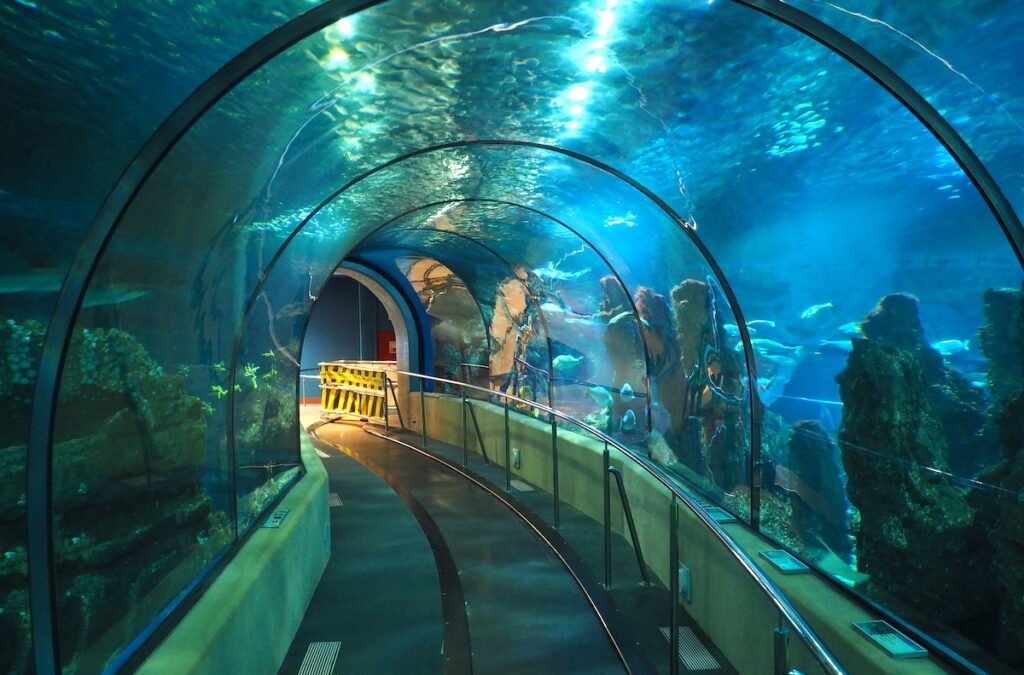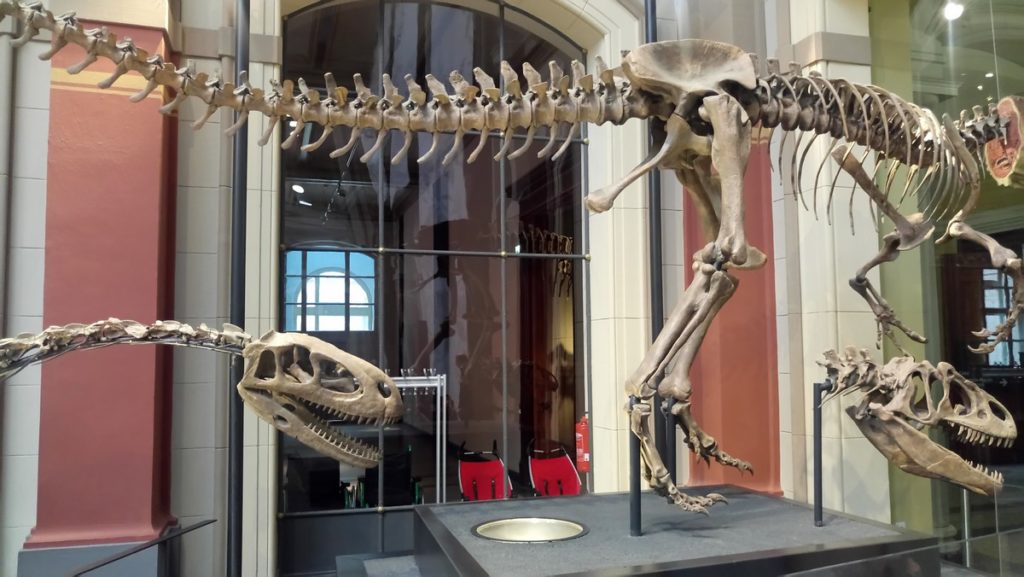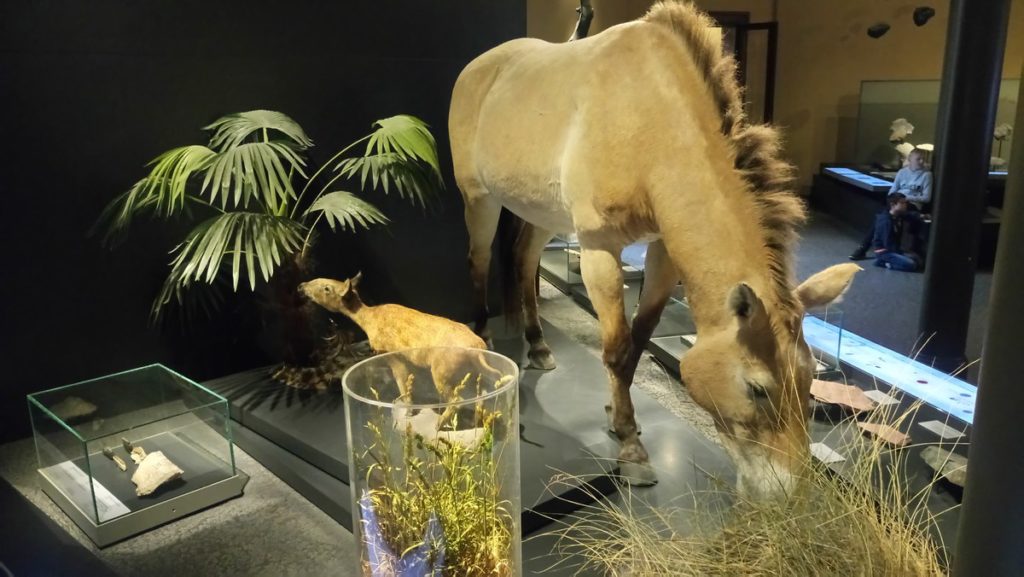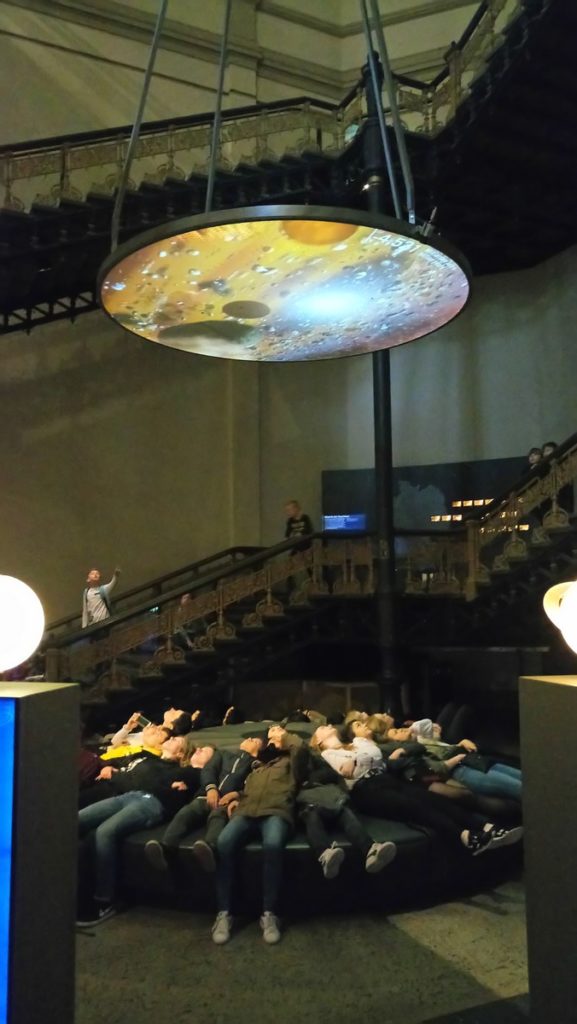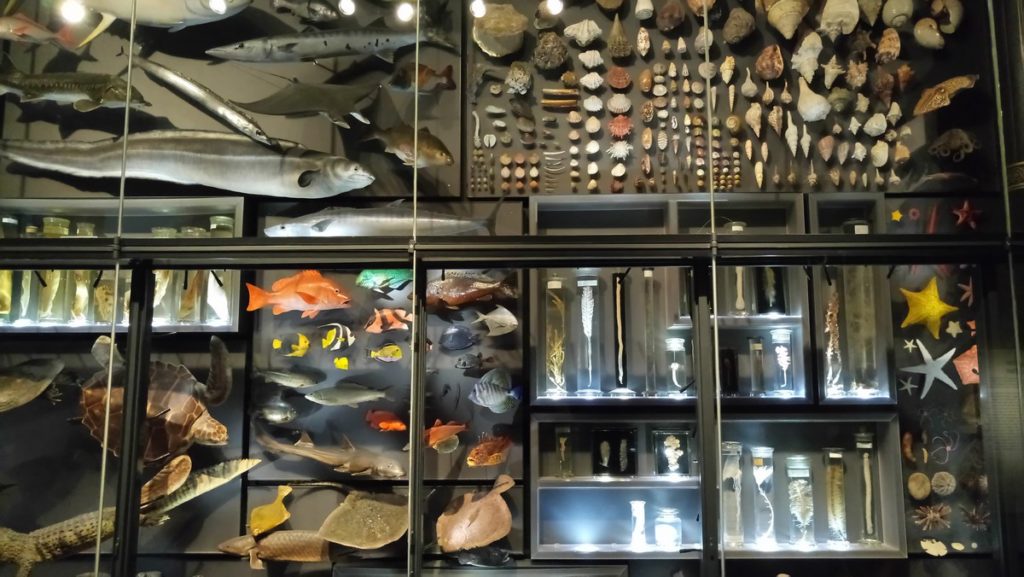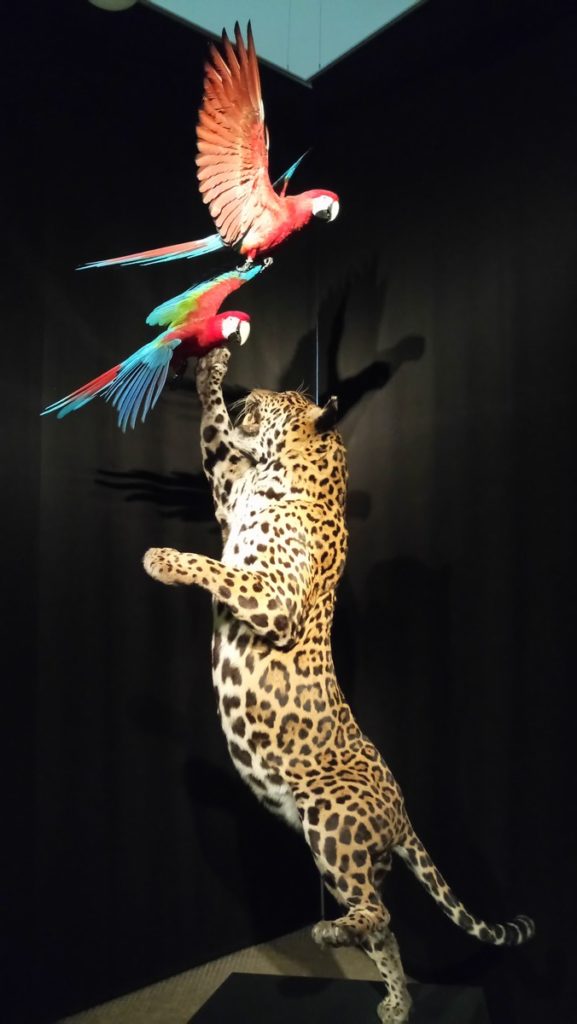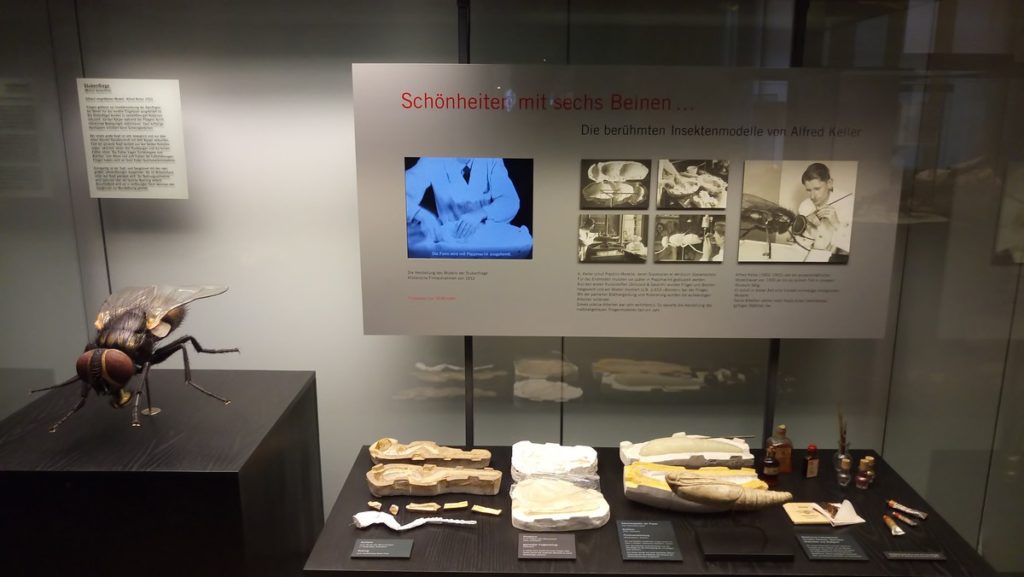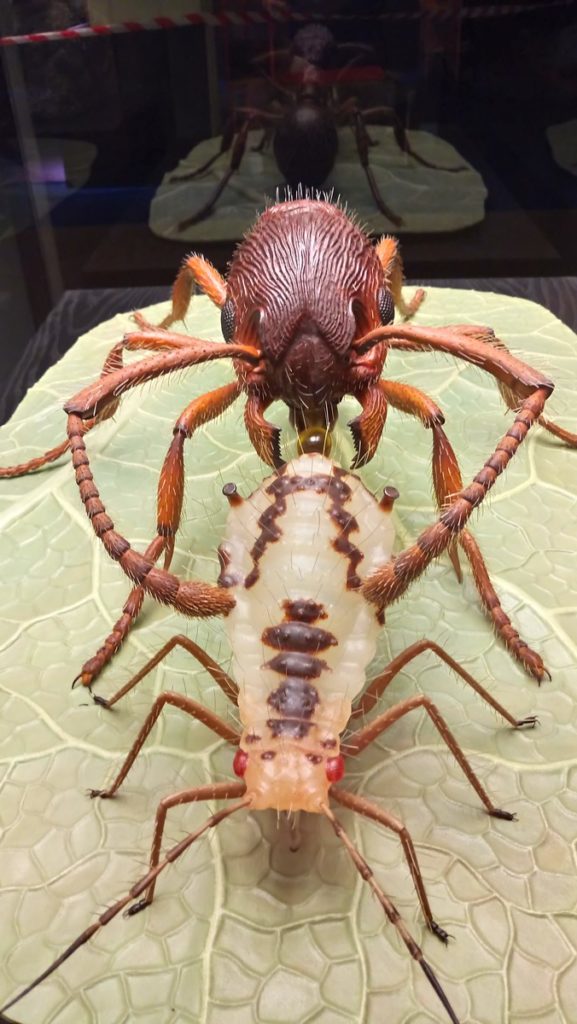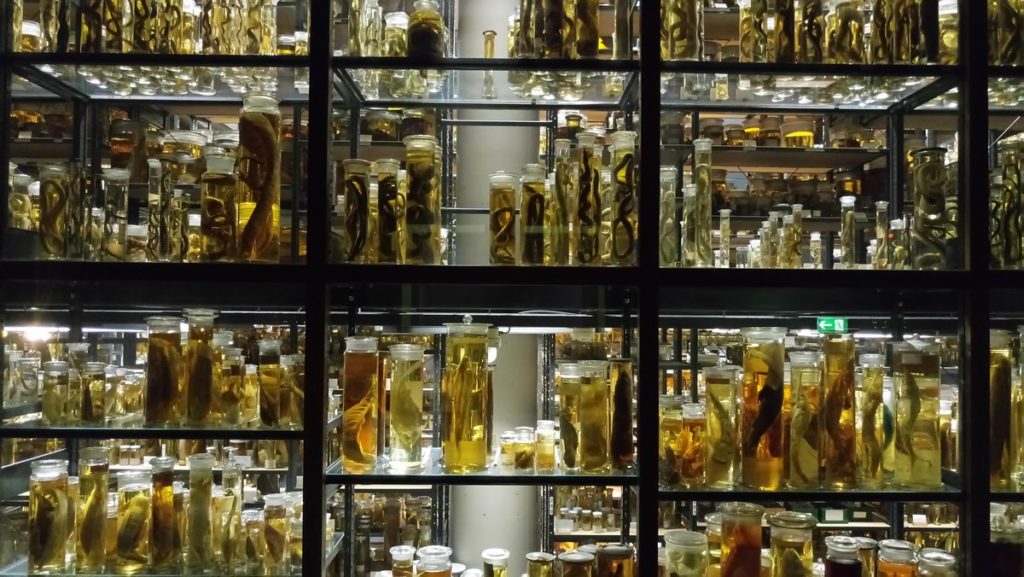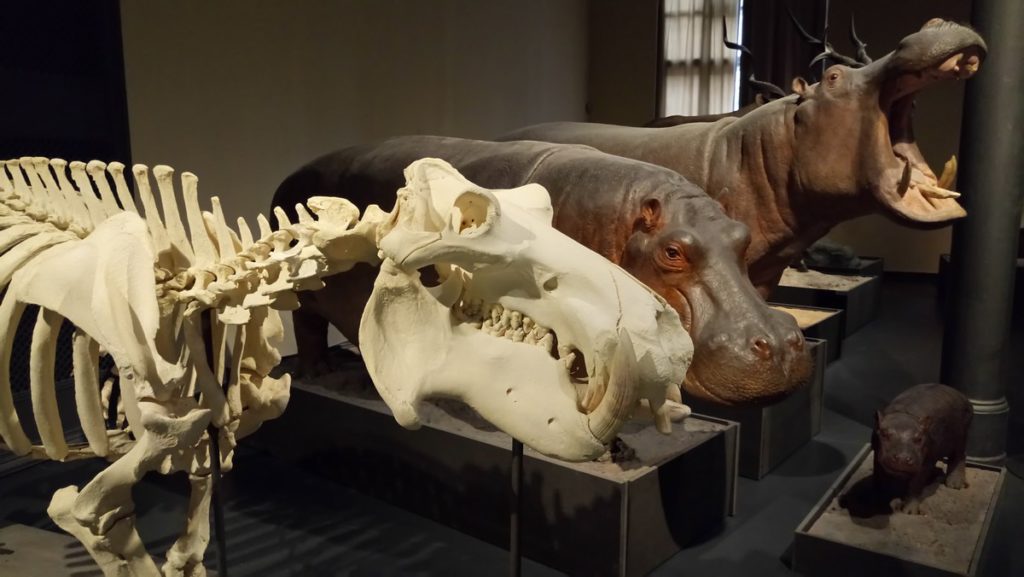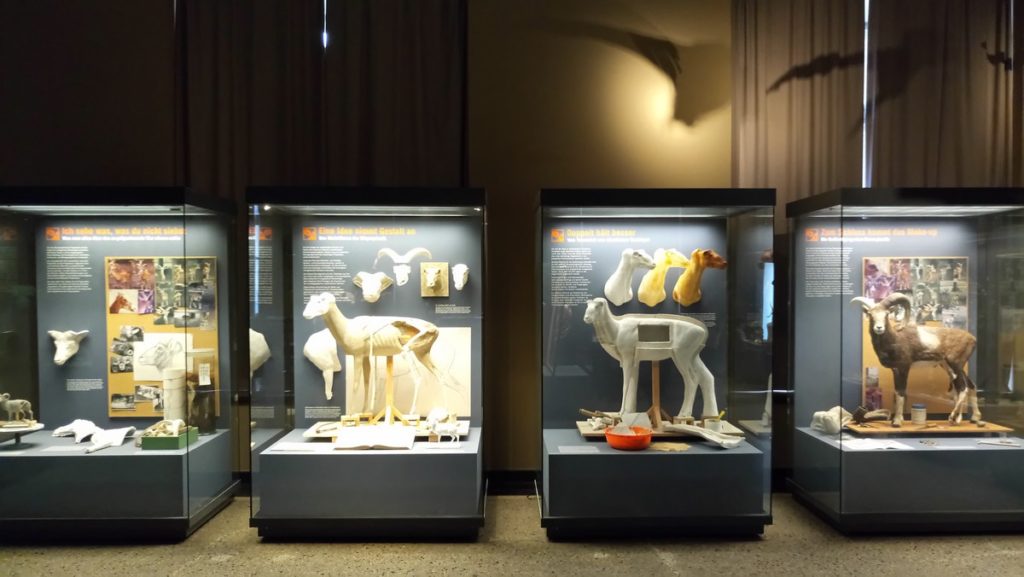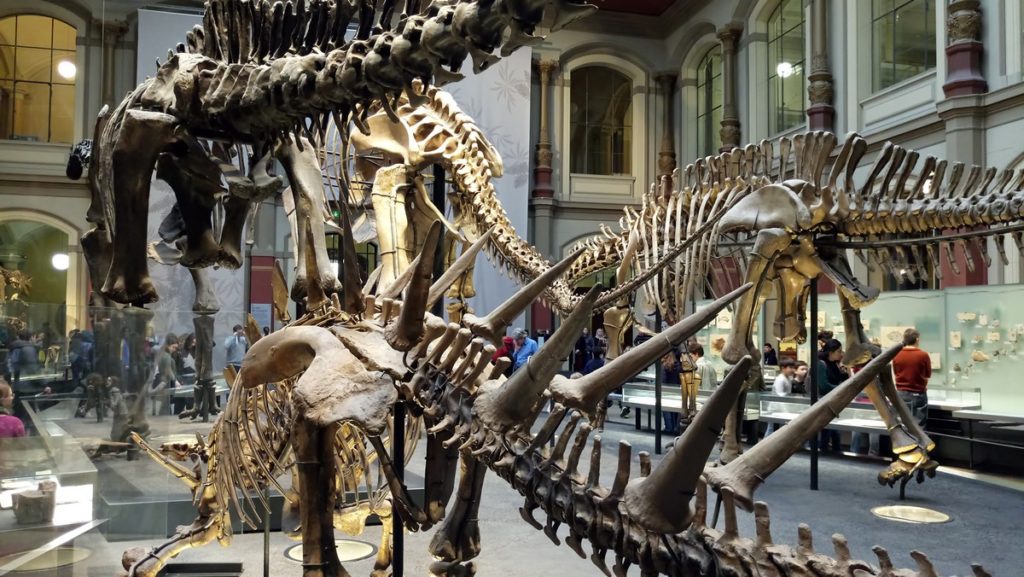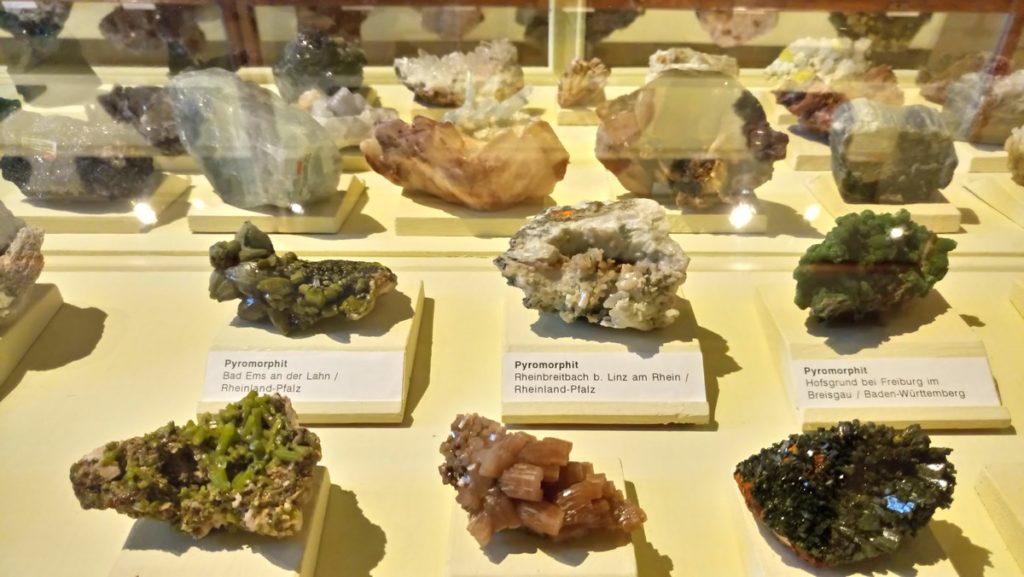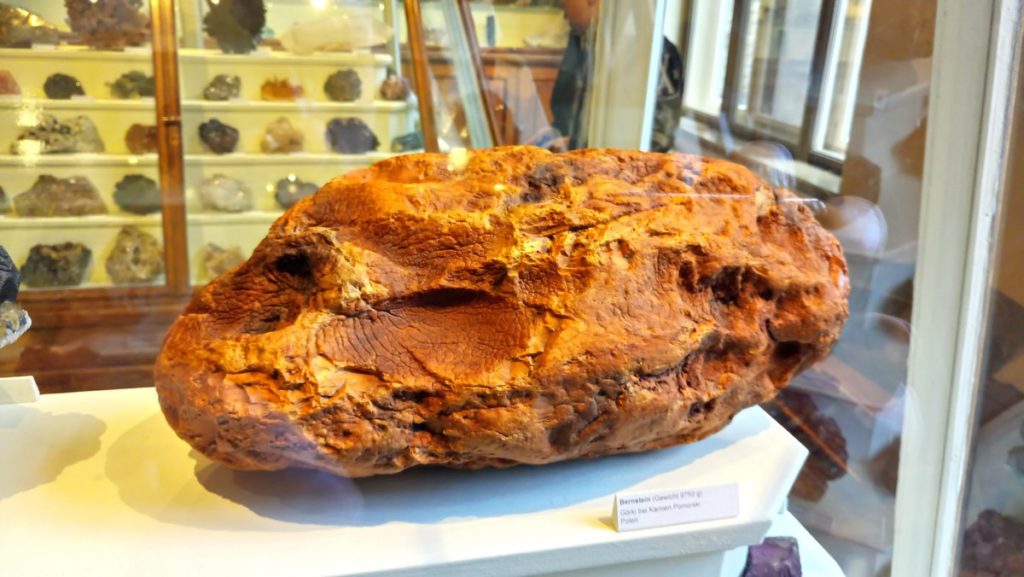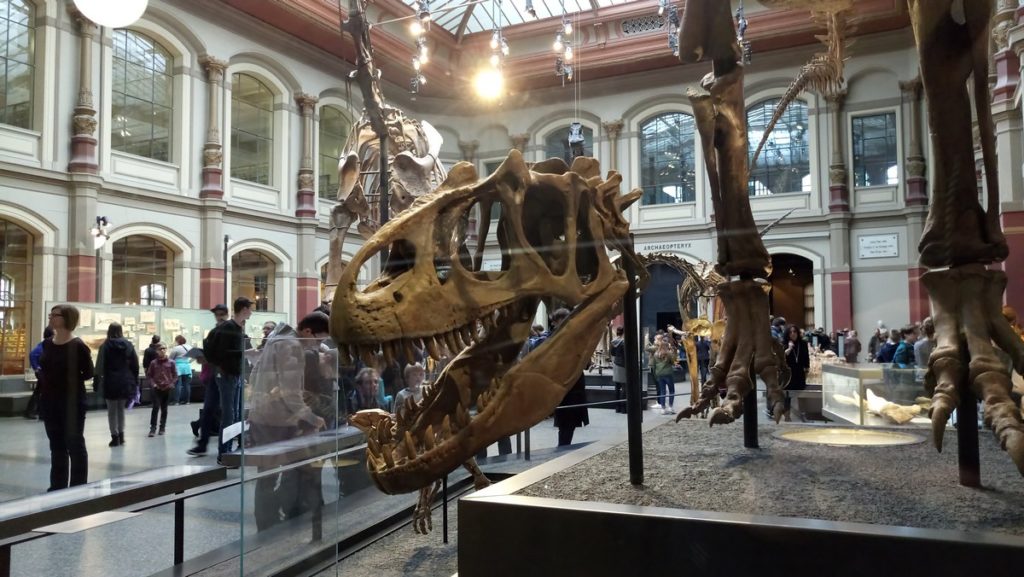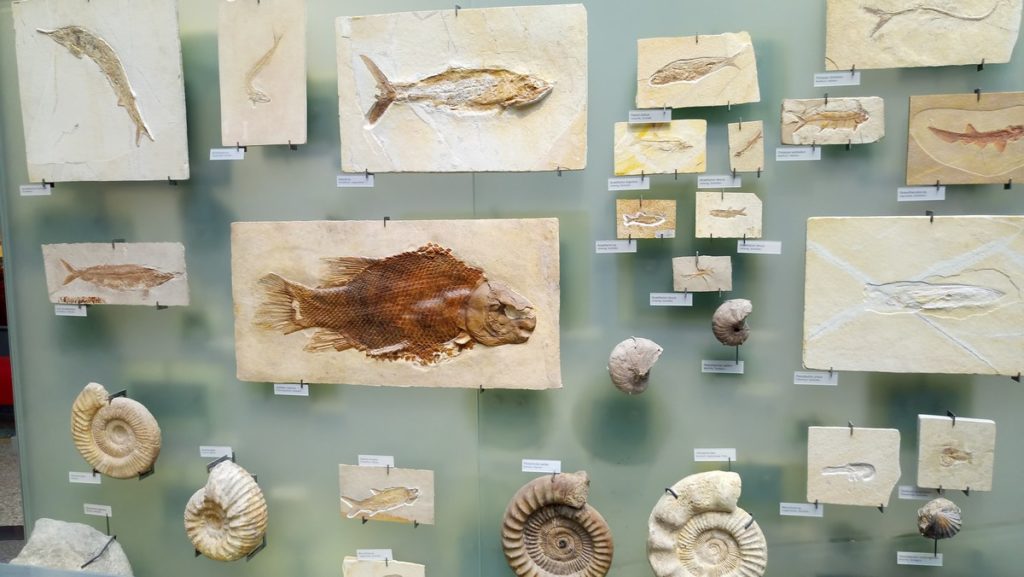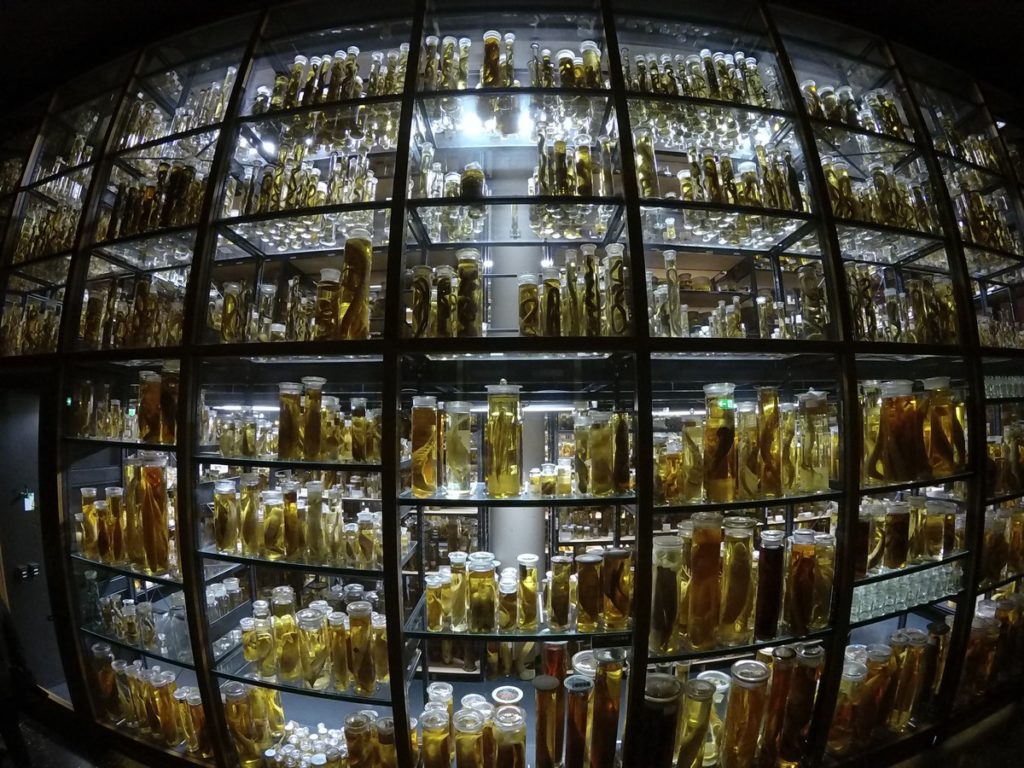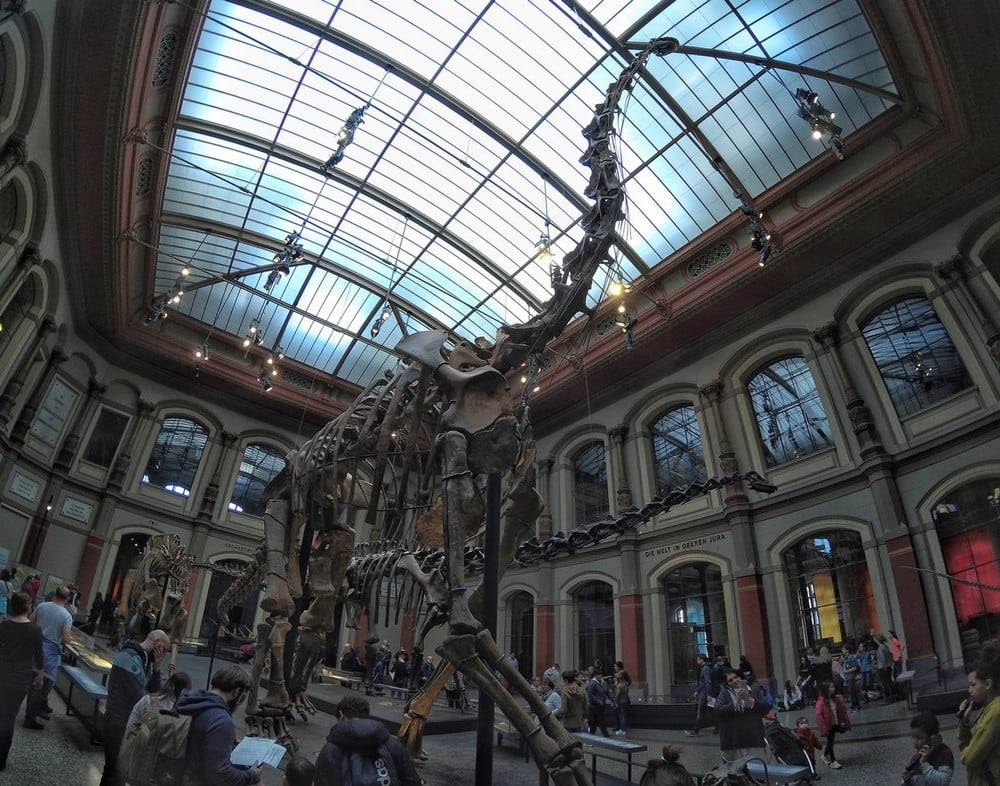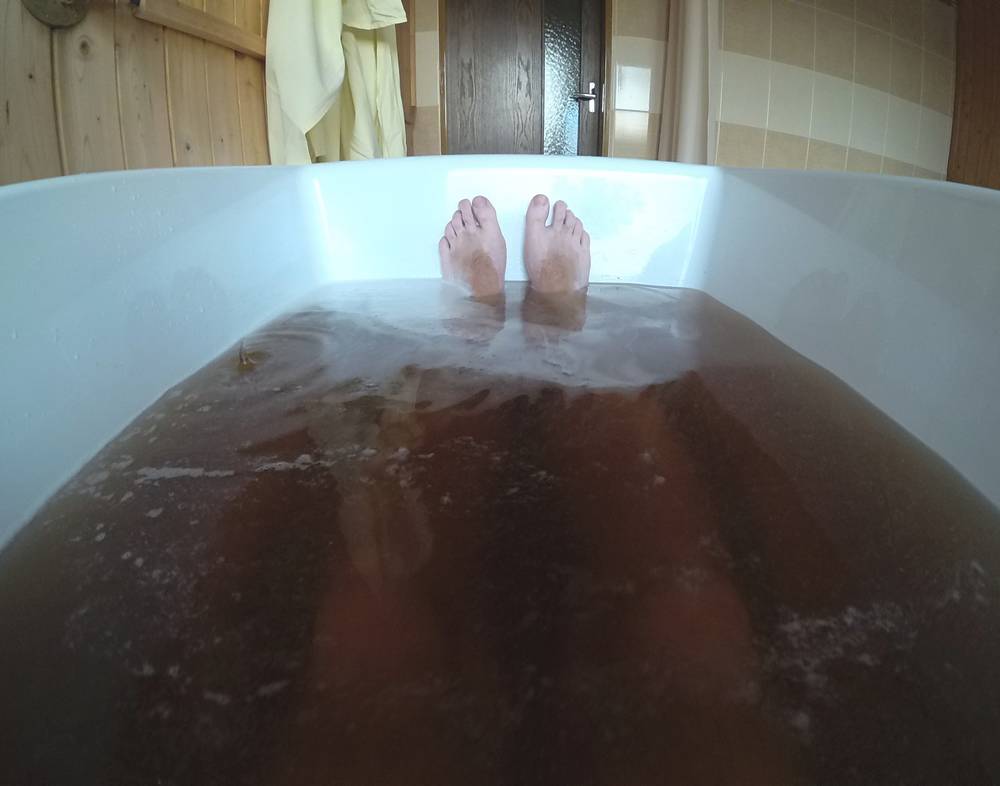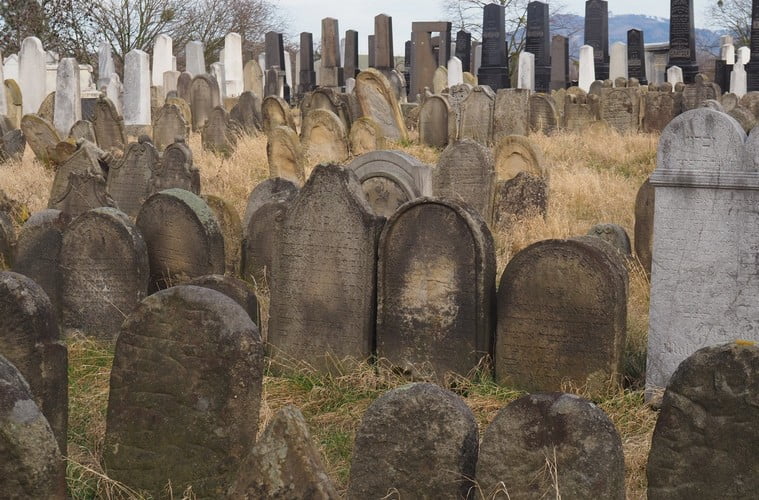Share This Article
Museums can be boring, but fortunately, most of them can show You something interesting. My favorite museums have always been those, related to nature. No matter if geological, natural, botanical or other. When planning another visit to the German capital I knew that I must visit this place too. Enjoy my visit to the Natural History Museum in Berlin.
The Natural History Museum, I do not know why, but I associate with films, where dinosaurs and other animals were in such facilities. In Berlin, you will not be disappointed if you have similar ideas. At the beginning I will write to you only that the Museum of Natural History in Berlin has the largest “complete” dinosaur in the world. You will definitely meet him because it is not easy to omit.
The Museum is part of the Humboldt University in Berlin, and the collection focuses on three fields of study: zoology, paleontology and mineralogy.
Location of Natural History Museum in Berlin
The Museum of Natural History is actually called Museum für Naturkunde and you should look for such signs on signs . It is located at Invalidenstrasse 43. From the Brandenburg Gate it is less than 2 km (about 20-30 minutes) of walking.
Sightseeing
Museum is open from Tuesday to Friday from 9.30 to 18.00 and on weekends from 9.00 to 18.00. The museum is closed on Mondays. Tickets cost 8 Euro for adults and 5 Euro discount. I was in a week and I was accompanied by a lot of school trips. I do not know if they are coming at the weekend, but a large crowd is near the dinosaur, and then they disappear slowly in the rest of exposition. There is a cloakroom in the museum where you can leave your jackets, it is located in the basement (from the entrance to the right and stairs down).
Expositions in Natural History Museum in Berlin
Museum collections count over 30 million exhibits! We start our tour from the main hall, where the mentioned, the world’s largest complete dinosaur skeleton is located. He comes from Tanzania and was excavated by Werner Janensch during the expedition in 1909-13. It measures almost 12 meters high and 22 meters long. The information says that the dinosaur weighed about 50 tons.
At the exhibition there is also Achaeopteryx – this dinosaur with feathers whose image you know from all geography books. However, I forgot about him and finally did not see him. There is a reason to come again.
It is up to you where you go. I started with a collection dedicated to minerals. You will find a huge amount there. There is also a huge piece of amber, which I already knew from the book I have at home.
Other exhibitions are about evolution, space, diversity of biotopes or how museum exhibits are created. An interesting element is the room with jars with specimens in a mixture of water and alcohol. There are 276,000 jars in the museum and they occupy 12.6 kilometers on the shelves.
The museum was destroyed during the bombing during the Second World War, but most of the collections were secured and survived to the present day. This does not apply to the eastern wing of the building, which has not been rebuilt, and with it the collections of mammals and whale skeletons have been destroyed.
Worth to visit?
It’s definitely worth it! As a geology fan, I feel satisfied with the visit. I think that both the youngest and older guests will find something for themselves. Both minerals, fossils and other elements of the exhibition are impressive. Despite the fact that the interiors of the museum are classic, the exhibition is interesting. The Natural History Museum in Berlin is a place that should be on your list of places to visit in the German capital.
